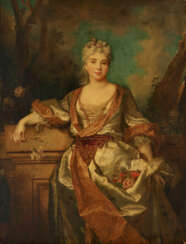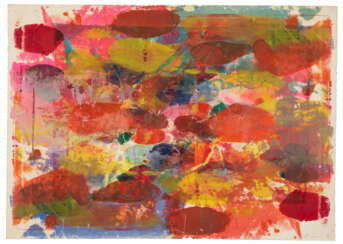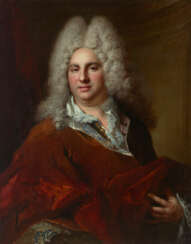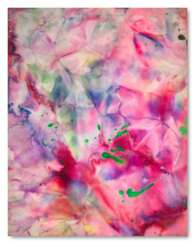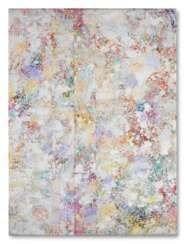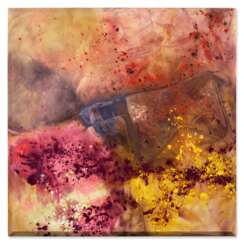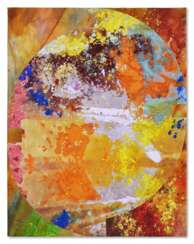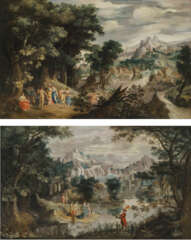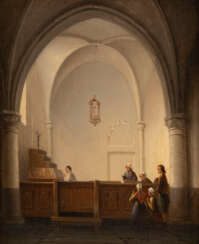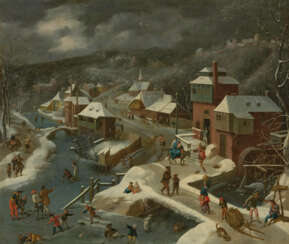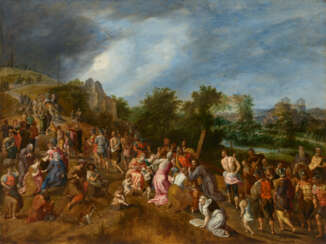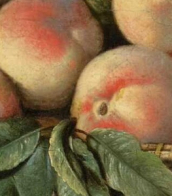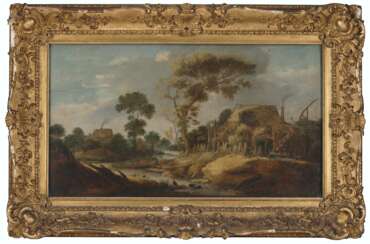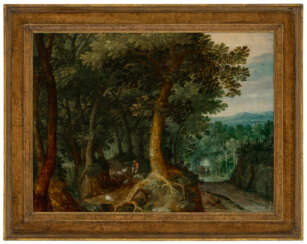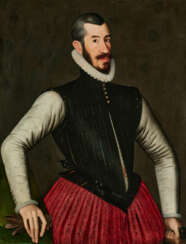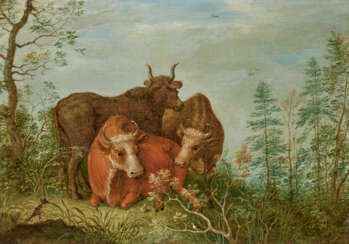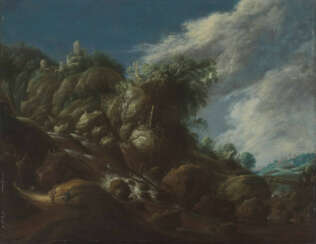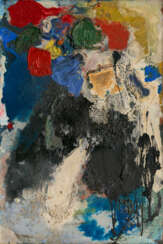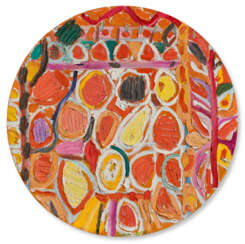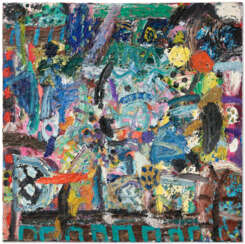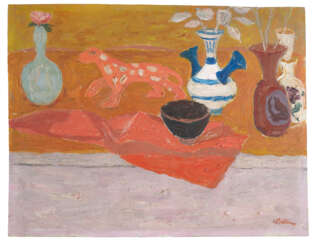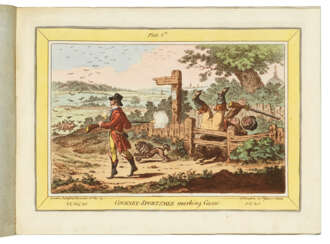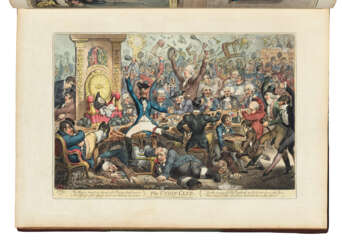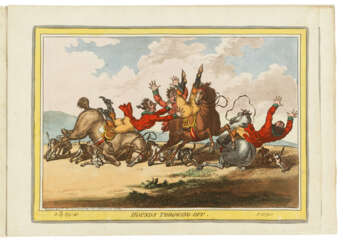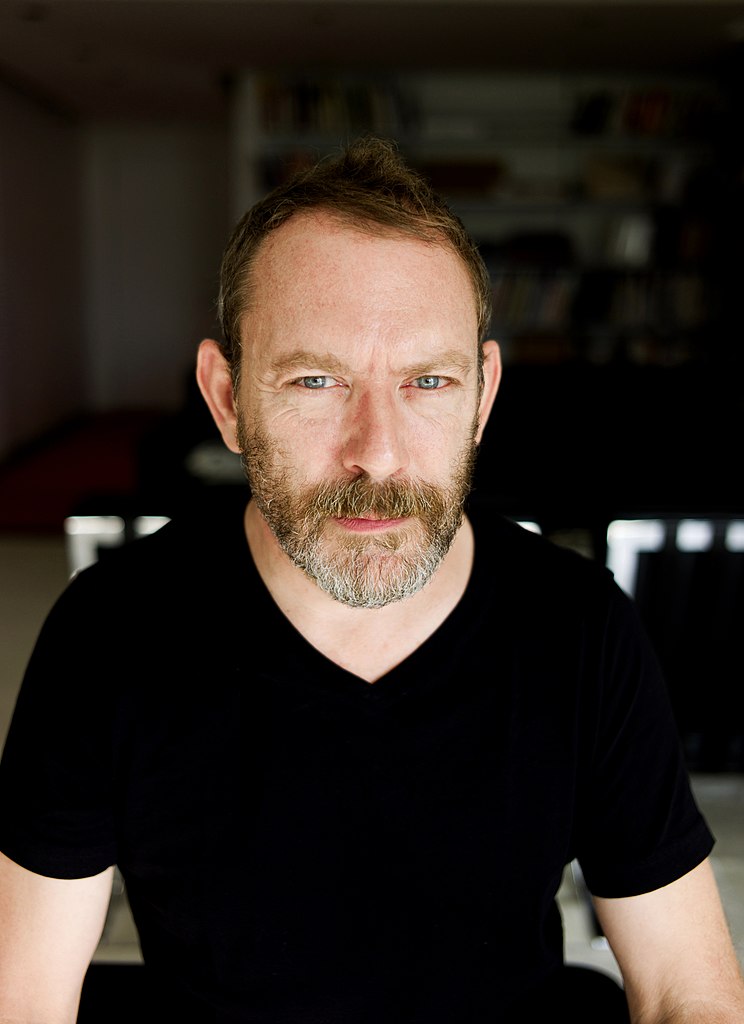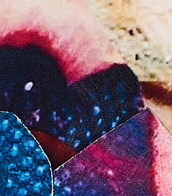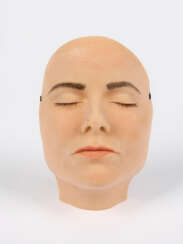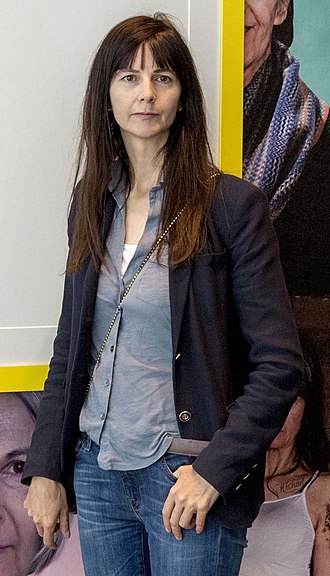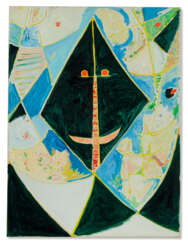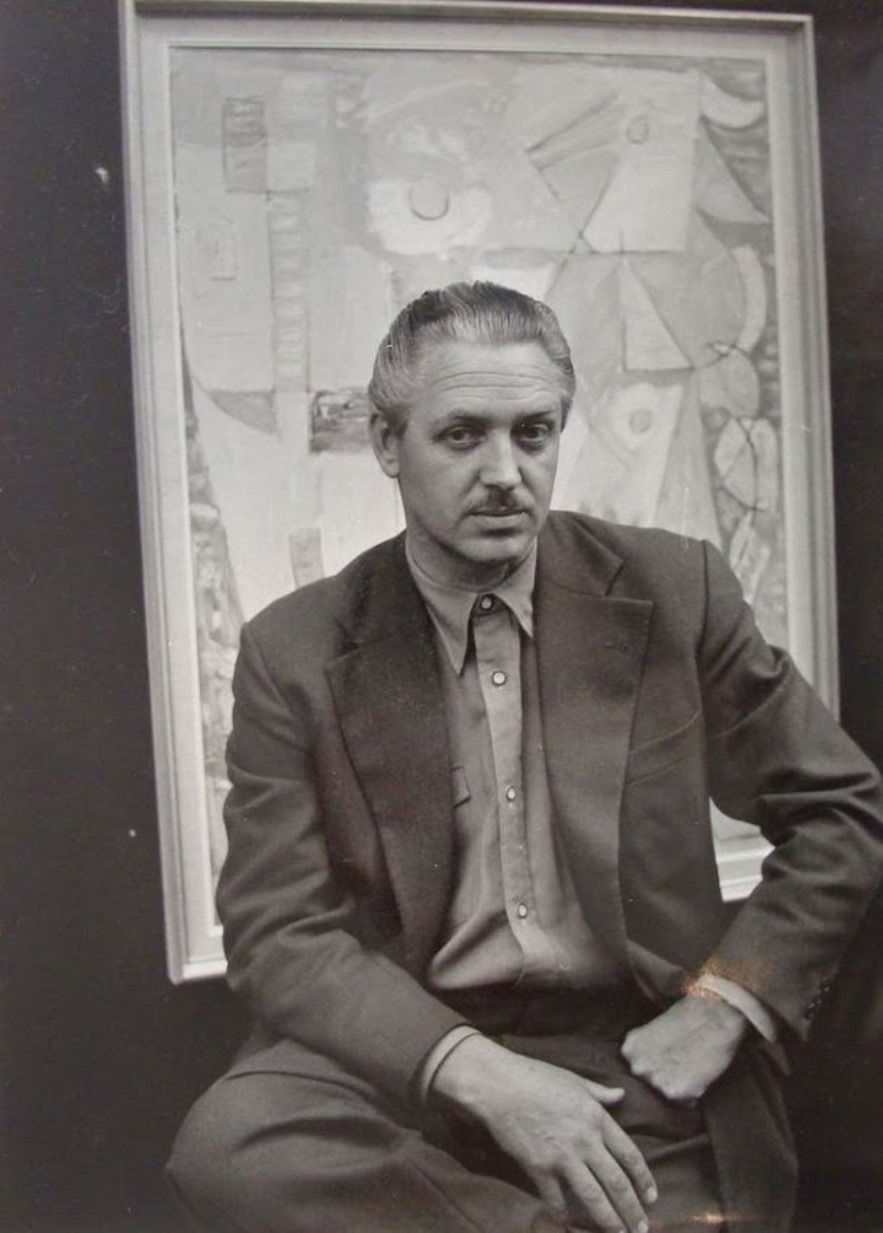gill
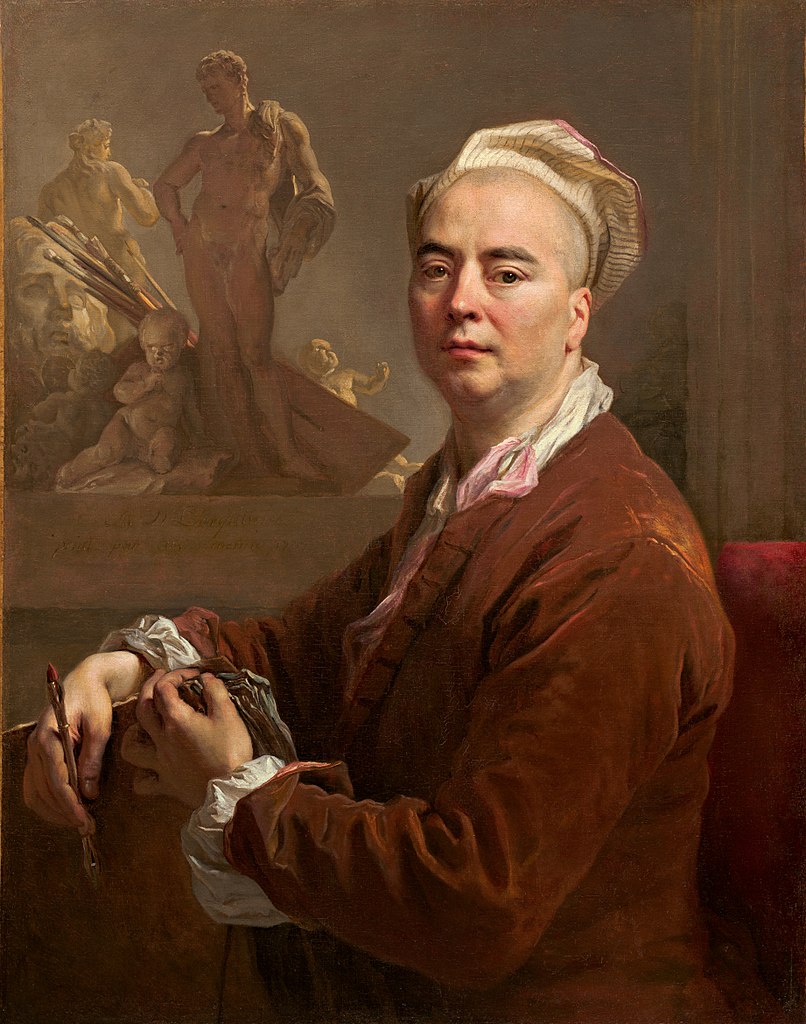
Nicolas de Largillière was a French painter of the Rococo period. Along with Hyacinthe Rigaud, he is considered the first portraitist of his time in France.

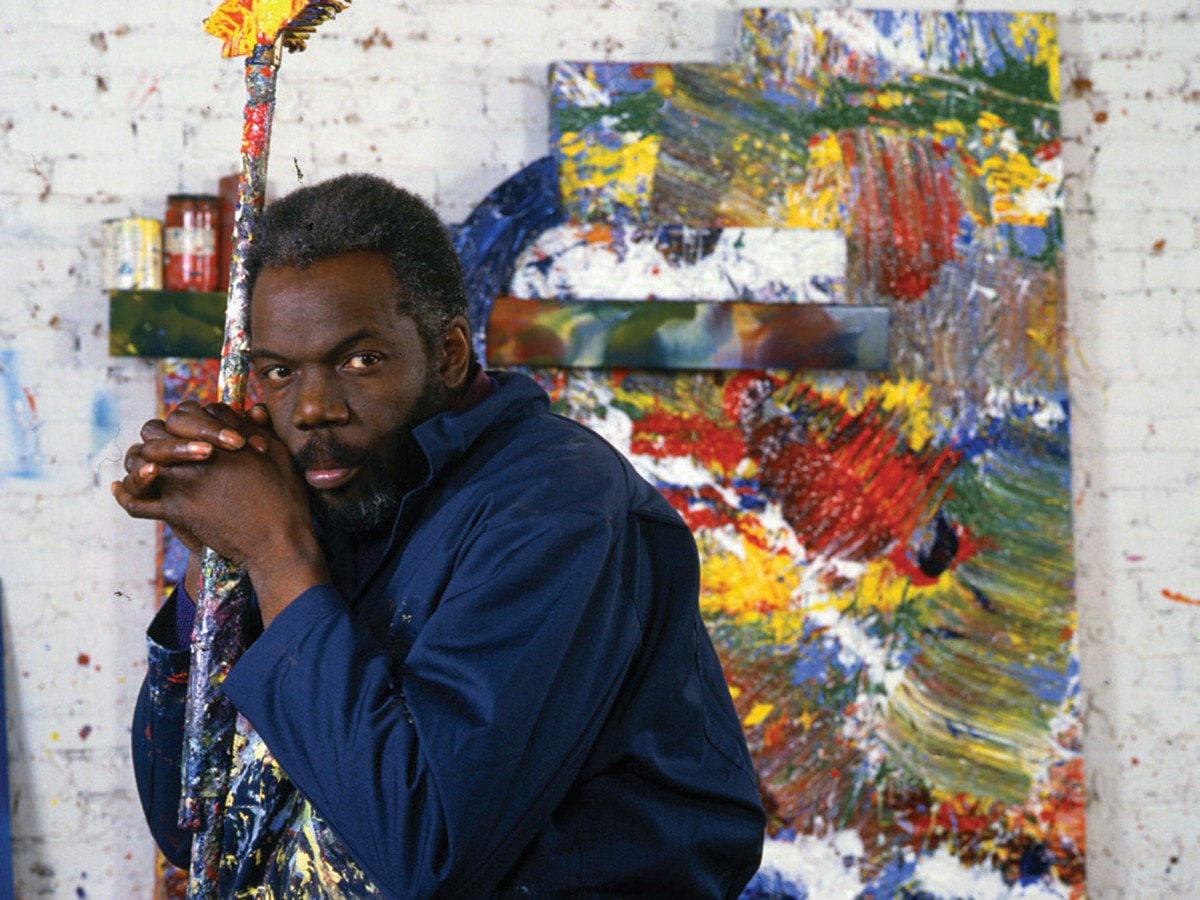
Sam Gilliam was an American color field painter and lyrical abstractionist artist. Gilliam was associated with the Washington Color School, a group of Washington, D.C.-area artists that developed a form of abstract art from color field painting in the 1950s and 1960s. His works have also been described as belonging to abstract expressionism and lyrical abstraction. He worked on stretched, draped and wrapped canvas, and added sculptural 3D elements. He was recognized as the first artist to introduce the idea of a draped, painted canvas hanging without stretcher bars around 1965.
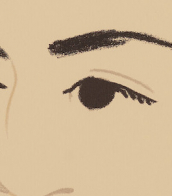

Nicolas de Largillière was a French painter of the Rococo period. Along with Hyacinthe Rigaud, he is considered the first portraitist of his time in France.


Sam Gilliam was an American color field painter and lyrical abstractionist artist. Gilliam was associated with the Washington Color School, a group of Washington, D.C.-area artists that developed a form of abstract art from color field painting in the 1950s and 1960s. His works have also been described as belonging to abstract expressionism and lyrical abstraction. He worked on stretched, draped and wrapped canvas, and added sculptural 3D elements. He was recognized as the first artist to introduce the idea of a draped, painted canvas hanging without stretcher bars around 1965.
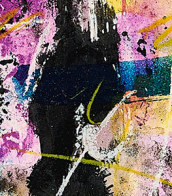

Sam Gilliam was an American color field painter and lyrical abstractionist artist. Gilliam was associated with the Washington Color School, a group of Washington, D.C.-area artists that developed a form of abstract art from color field painting in the 1950s and 1960s. His works have also been described as belonging to abstract expressionism and lyrical abstraction. He worked on stretched, draped and wrapped canvas, and added sculptural 3D elements. He was recognized as the first artist to introduce the idea of a draped, painted canvas hanging without stretcher bars around 1965.


Sam Gilliam was an American color field painter and lyrical abstractionist artist. Gilliam was associated with the Washington Color School, a group of Washington, D.C.-area artists that developed a form of abstract art from color field painting in the 1950s and 1960s. His works have also been described as belonging to abstract expressionism and lyrical abstraction. He worked on stretched, draped and wrapped canvas, and added sculptural 3D elements. He was recognized as the first artist to introduce the idea of a draped, painted canvas hanging without stretcher bars around 1965.


Sam Gilliam was an American color field painter and lyrical abstractionist artist. Gilliam was associated with the Washington Color School, a group of Washington, D.C.-area artists that developed a form of abstract art from color field painting in the 1950s and 1960s. His works have also been described as belonging to abstract expressionism and lyrical abstraction. He worked on stretched, draped and wrapped canvas, and added sculptural 3D elements. He was recognized as the first artist to introduce the idea of a draped, painted canvas hanging without stretcher bars around 1965.

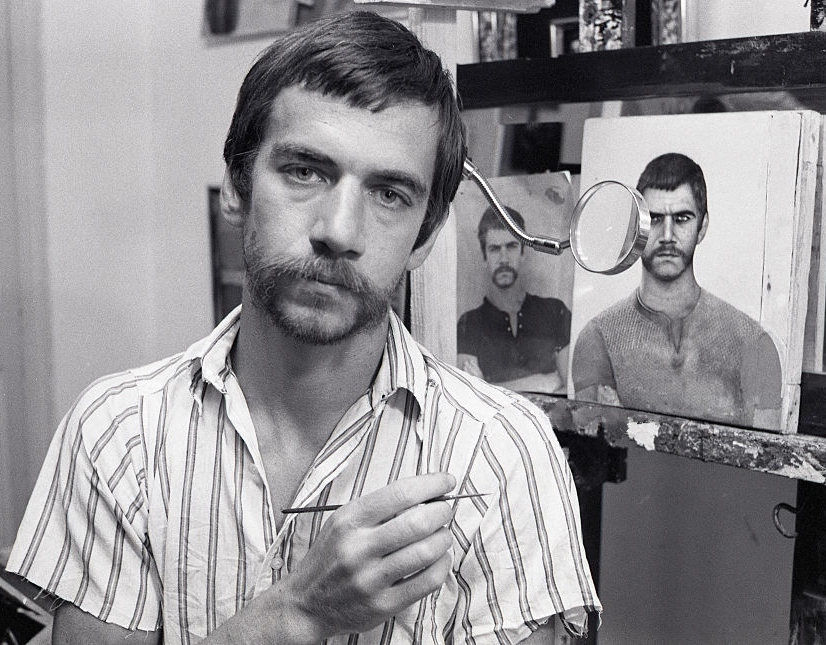
Gregory Joseph Gillespie was an American magic realist painter.
Gillespie became known for meticulously painted figurative paintings, landscapes, and self portraits, often with a fantastical element. Many of his early works were made by painting over photographs cut from newspapers or magazines, transforming the scenes through photographic collage and by adding imaginary elements. In his later work he abandoned his early fascination with creating hyper-realized realistic imagery, instead focusing on a looser and more expressive style. He often combined media in an unorthodox way to create shrine-like assemblages.
Gillespie's work is in the collections of the Whitney Museum, the Arkansas Arts Center, and the Butler Institute of American Art, among others.
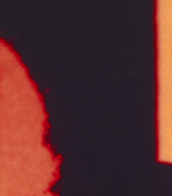

Gillis van Coninxloo (now also referred to as Gillis van Coninxloo II but previously referred to as Gillis van Coninxloo III) was a Flemish painter of landscapes who played an important role in the development of Northern landscape art at the turn of the 17th century. He spent the last 20 years of his life abroad, first in Germany and later in the Dutch Republic.
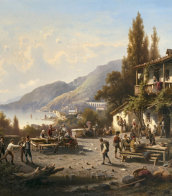

Gillis van Coninxloo (now also referred to as Gillis van Coninxloo II but previously referred to as Gillis van Coninxloo III) was a Flemish painter of landscapes who played an important role in the development of Northern landscape art at the turn of the 17th century. He spent the last 20 years of his life abroad, first in Germany and later in the Dutch Republic.

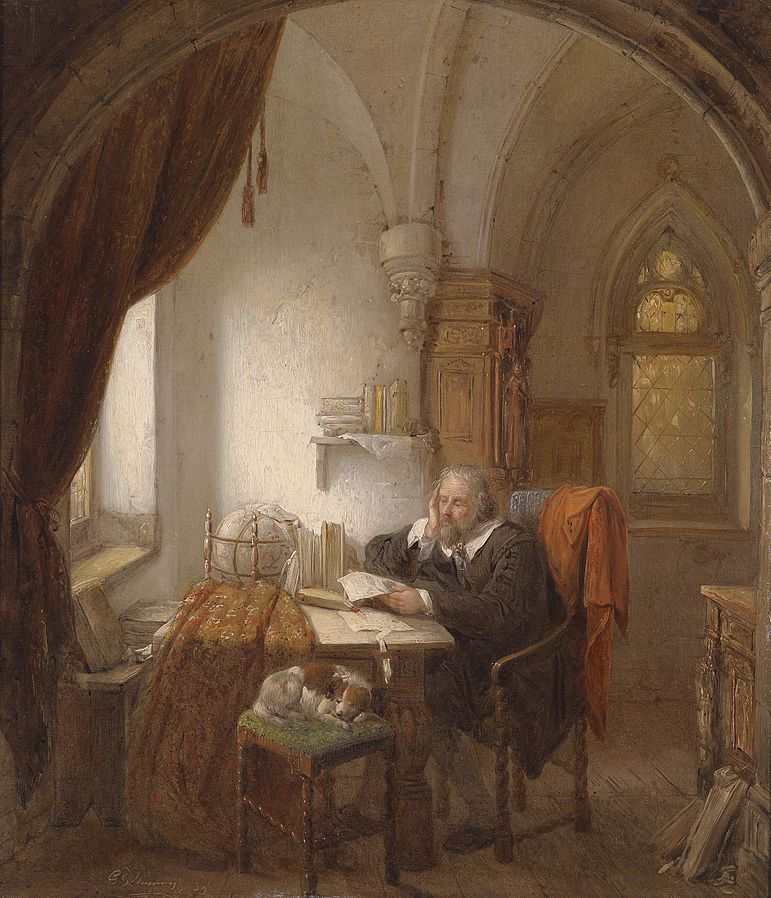
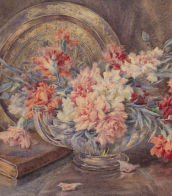
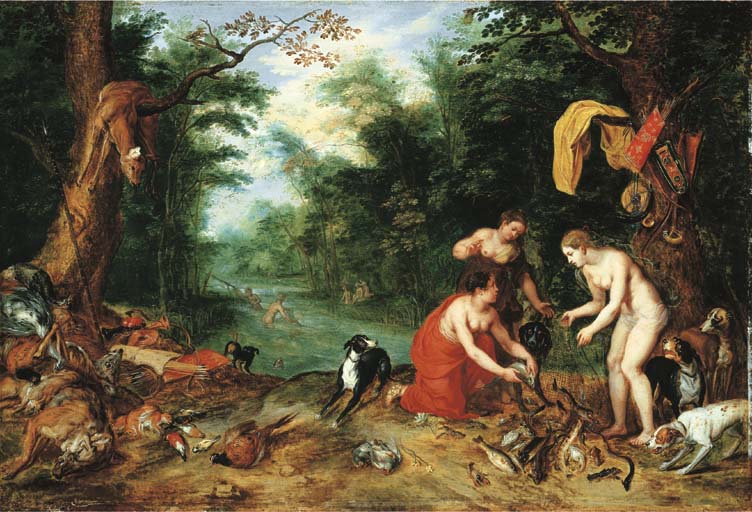
Jacob Grimmer was a Flemish painter who was active during the Late Renaissance. He specialised in landscapes and genre scenes, often depicting the everyday life of peasants.
His style was strongly influenced by Pieter Bruegel the Elder and the works of Leonardo da Vinci and Raphael.
Grimmer's paintings are characterized by detailed, realistic depictions of nature. His landscapes are characterized by wide expanses and intricate detail.
Jacob Grimmer was known for his ability to capture the nuances of human behaviour, so his genre works depict the lives of peasants with a touch of humour and whimsy.
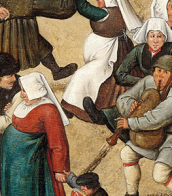
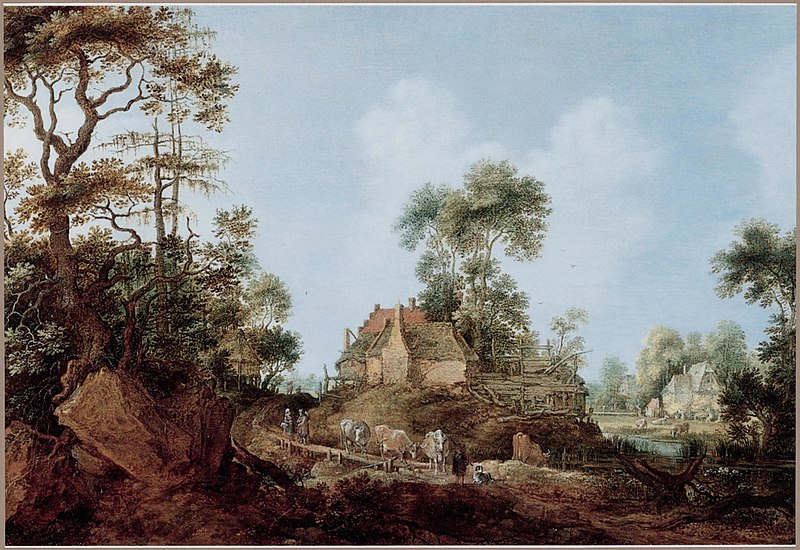
Gillis Claesz. de Hondecoeter was a Dutch painter, working in a Flemish style, painting landscapes, trees, fowl and birds. Later on d'Hondecoeter painted in a more Dutch, realistic style.
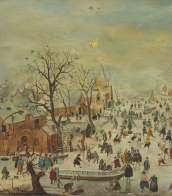

Gillis van Coninxloo (now also referred to as Gillis van Coninxloo II but previously referred to as Gillis van Coninxloo III) was a Flemish painter of landscapes who played an important role in the development of Northern landscape art at the turn of the 17th century. He spent the last 20 years of his life abroad, first in Germany and later in the Dutch Republic.
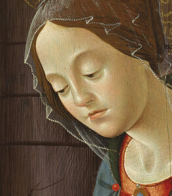
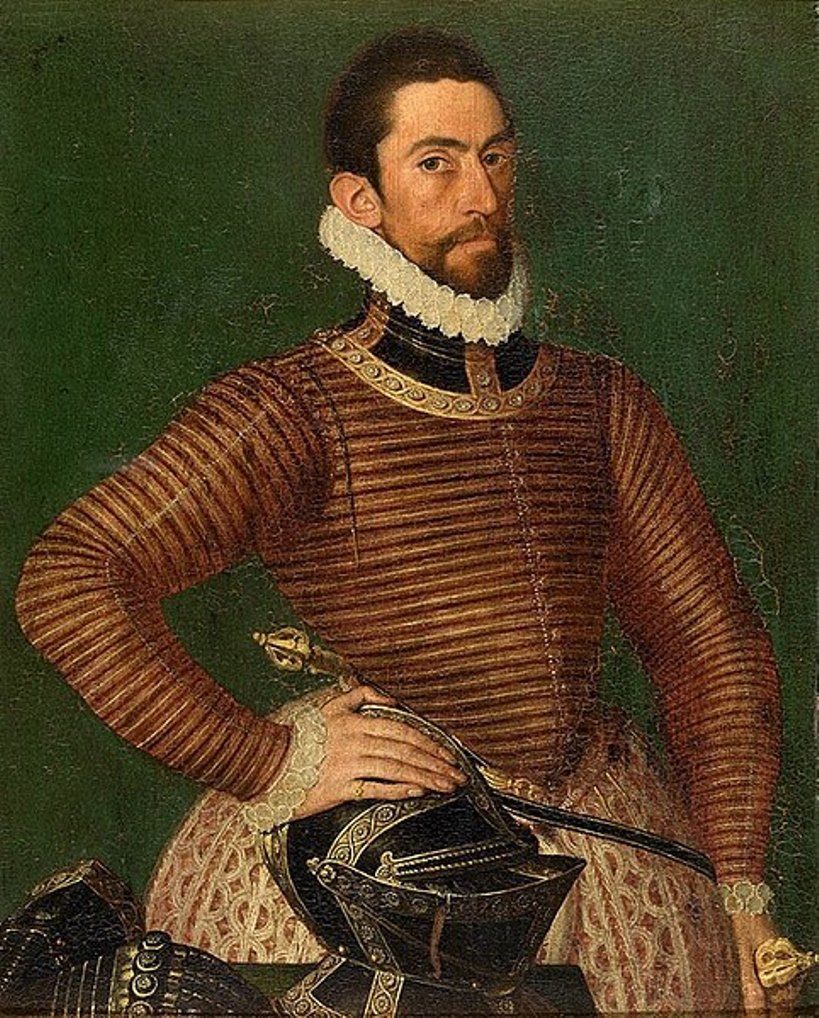
Gillis Claeissens or Egidius Claeissens was a Flemish painter from a dynasty of a famous family of artists from Bruges.
Gillis trained in the studio of his father, Pieter Claeissens, worked at the court of Alexander Farnese in Brussels, and later was court painter to Archdukes Albert and Isabella. He painted religious paintings for the Brussels court, as well as miniature portraits of the Archduchess.
Gillis was a master of portraits, as well as of prostrate images. His portrait paintings are distinguished by the careful painting of the clothes and jewelry of people whose poses are usually static and whose faces are inexpressive.
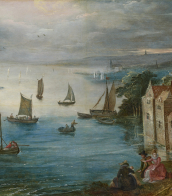

Gillis Claesz. de Hondecoeter was a Dutch painter, working in a Flemish style, painting landscapes, trees, fowl and birds. Later on d'Hondecoeter painted in a more Dutch, realistic style.
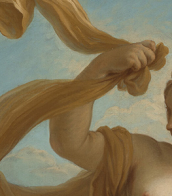
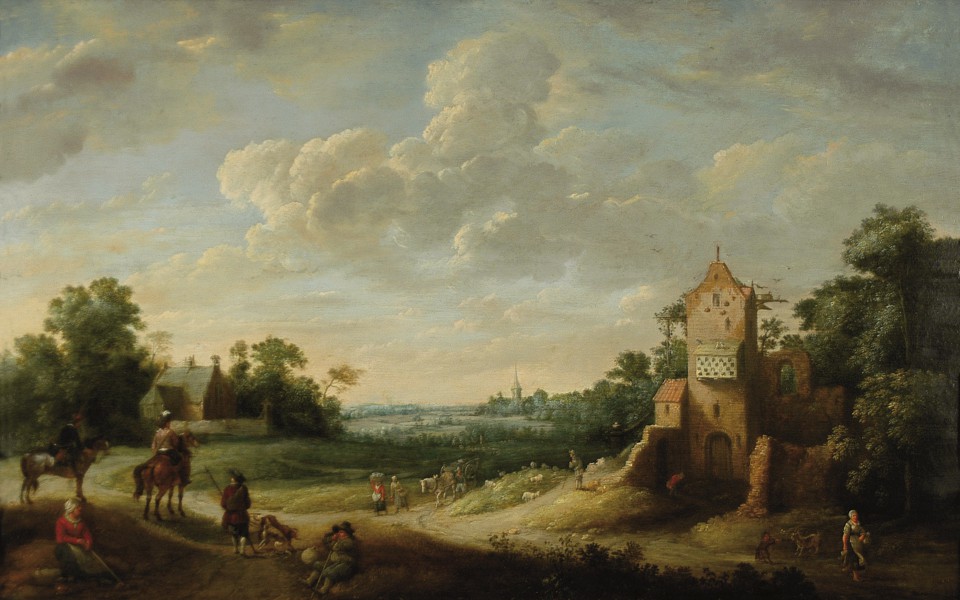
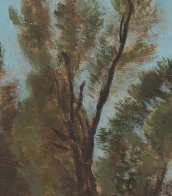
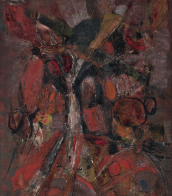
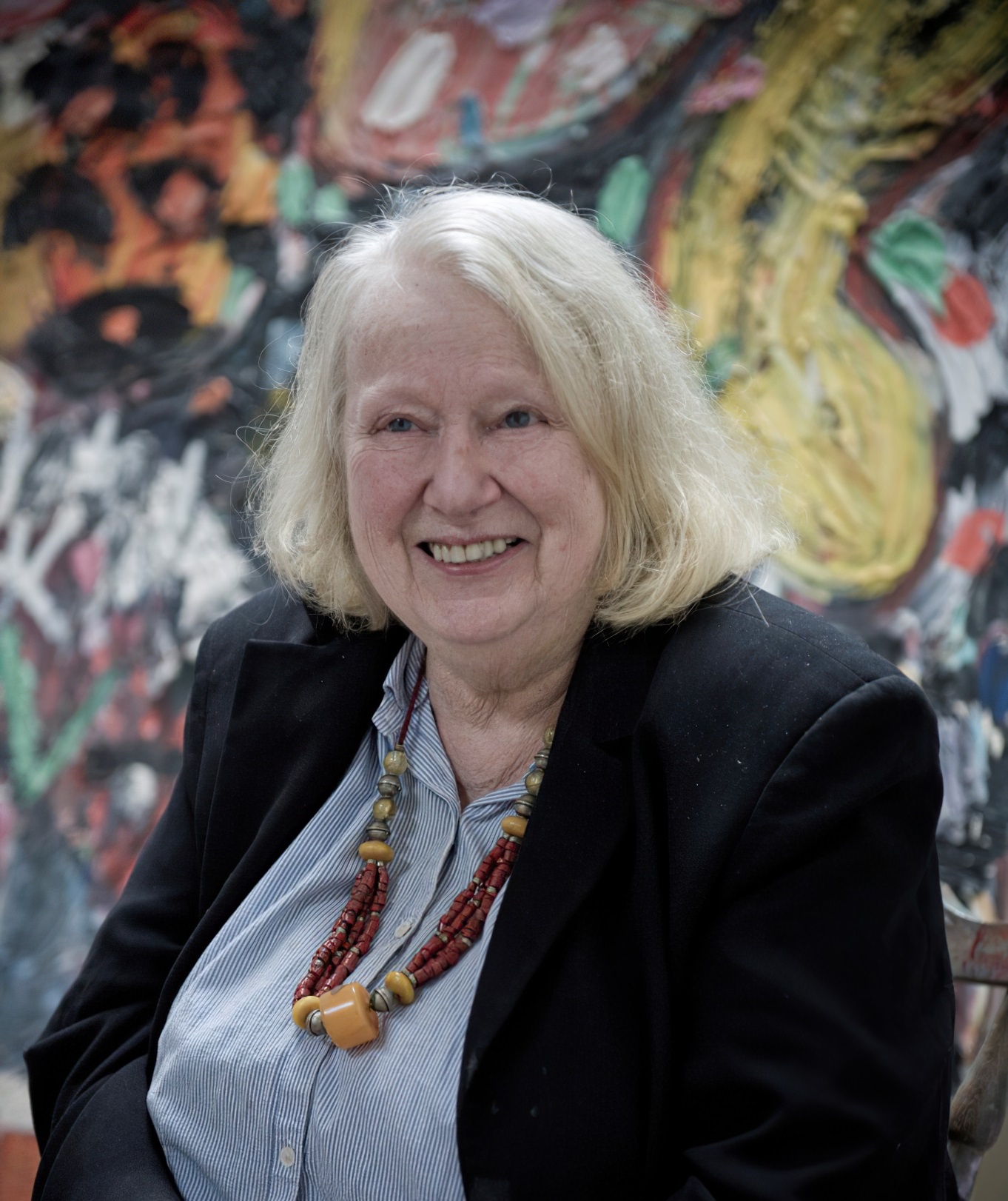
Gillian Ayres was an English painter. She is best known for abstract painting and printmaking using vibrant colours, which earned her a Turner Prize nomination.


Gillian Ayres was an English painter. She is best known for abstract painting and printmaking using vibrant colours, which earned her a Turner Prize nomination.


Gillian Ayres was an English painter. She is best known for abstract painting and printmaking using vibrant colours, which earned her a Turner Prize nomination.


William George Gillies was a renowned Scottish landscape and still life painter. He is often referred to simply as W. G. Gillies.
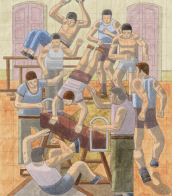
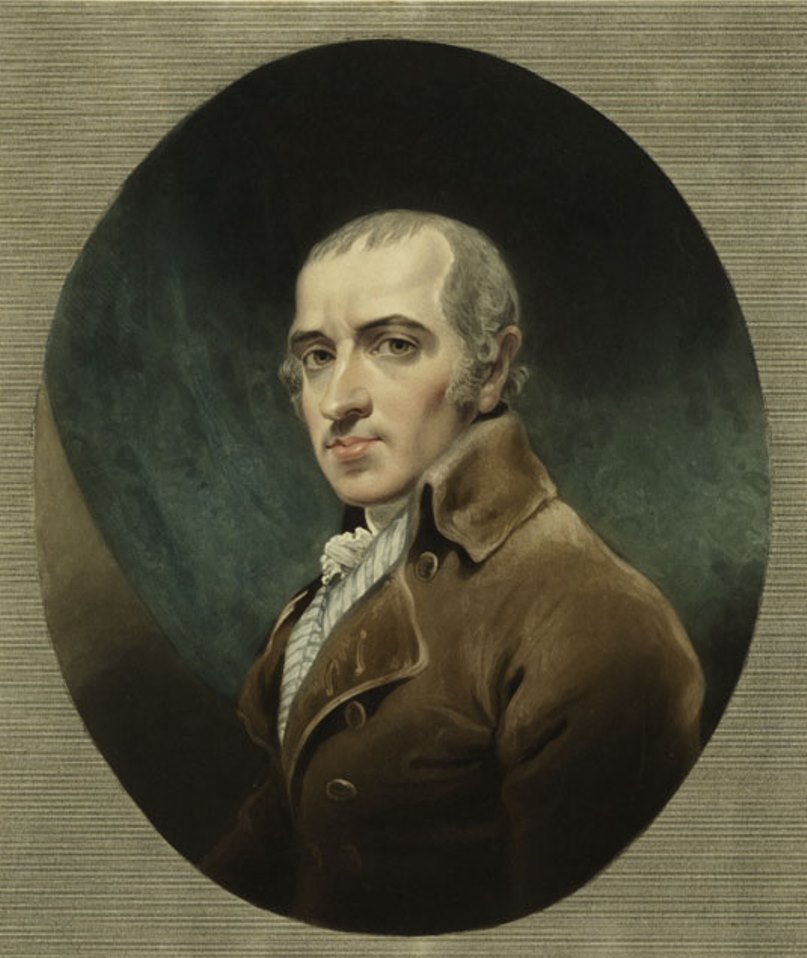
James Gillray was a British artist and caricaturist.
James Gillray was the most popular caricaturist of the second half of the 18th century. From about 1775 to 1810, he created about 1,000 political and social caricatures, often violent and even obscene. These include finished portrait drawings of the rich and famous, comic caricatures of bumbling people, and satirical caricatures of British political and social life during the Napoleonic era.
James Gillray's political cartoons are a historical record of the latter part of George III's reign. They were widely circulated in Britain and Europe and were produced as pamphlets. They sharply ridicule George III, the Queen, the Prince of Wales, Charles James Fox, Edmund Burke, William Pitt and Napoleon.
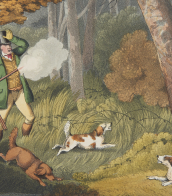

James Gillray was a British artist and caricaturist.
James Gillray was the most popular caricaturist of the second half of the 18th century. From about 1775 to 1810, he created about 1,000 political and social caricatures, often violent and even obscene. These include finished portrait drawings of the rich and famous, comic caricatures of bumbling people, and satirical caricatures of British political and social life during the Napoleonic era.
James Gillray's political cartoons are a historical record of the latter part of George III's reign. They were widely circulated in Britain and Europe and were produced as pamphlets. They sharply ridicule George III, the Queen, the Prince of Wales, Charles James Fox, Edmund Burke, William Pitt and Napoleon.


James Gillray was a British artist and caricaturist.
James Gillray was the most popular caricaturist of the second half of the 18th century. From about 1775 to 1810, he created about 1,000 political and social caricatures, often violent and even obscene. These include finished portrait drawings of the rich and famous, comic caricatures of bumbling people, and satirical caricatures of British political and social life during the Napoleonic era.
James Gillray's political cartoons are a historical record of the latter part of George III's reign. They were widely circulated in Britain and Europe and were produced as pamphlets. They sharply ridicule George III, the Queen, the Prince of Wales, Charles James Fox, Edmund Burke, William Pitt and Napoleon.

